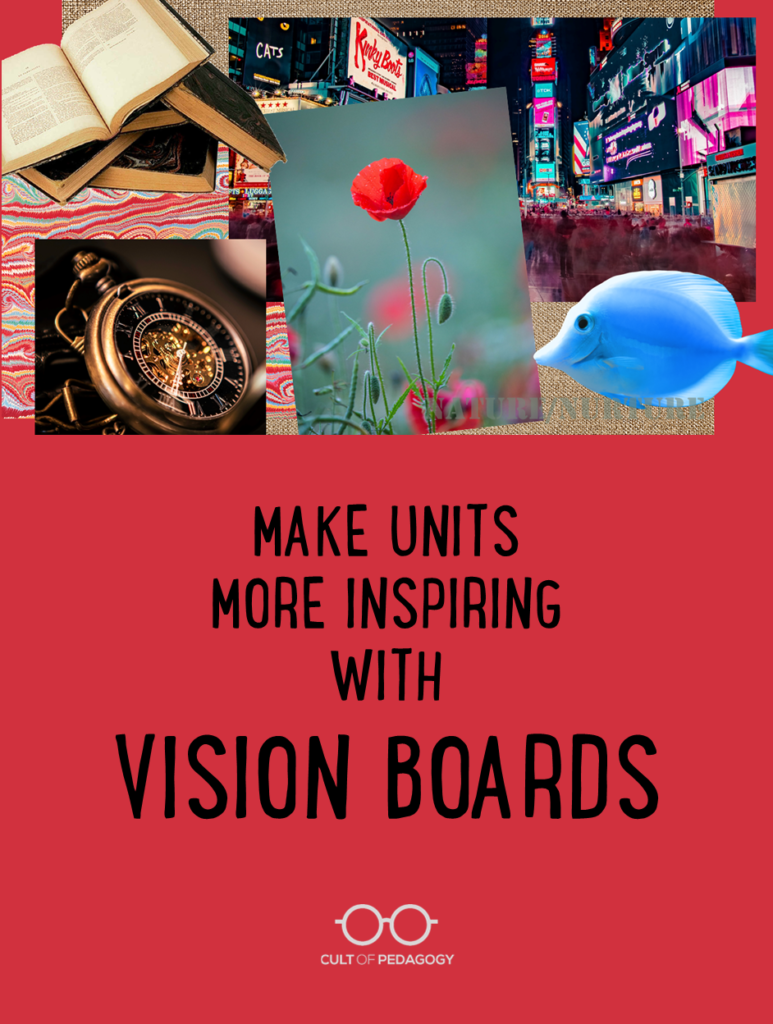
Listen to the interview with Amanda Cardenas and Marie Morris:
Sponsored by CommonLit and fastIEP
There’s a lot of talk in education about making learning visible for students. But what about for teachers? Do we not also crave visual organization? Aesthetically visually pleasing spaces? Sure, teachers have likely become teachers through their ferocious ability to adapt to many different learning styles, but we too benefit from harnessing the power of the visual.
Enter: the unit vision board.
You’ve been tasked with creating a curriculum map for a future unit. It’s a Google Doc with boxes and bullet points and a dizzying amount of text. Let’s hit the brakes for a moment and step back: how about doing a vision board for this task instead?
WHY A VISION BOARD?
Vision boards gained their popularity within the realm of “life hacks” and new year goal setting, but once I applied this practice to my teaching life, I was delighted by the results. A vision board is about building a dream: What would a dream scenario for this unit look like? A unit vision board is a lesson planning tool that allows teachers to imagine their units as an experience and think through what it would feel like to be part of that experience.
Take The Great Gatsby for example:
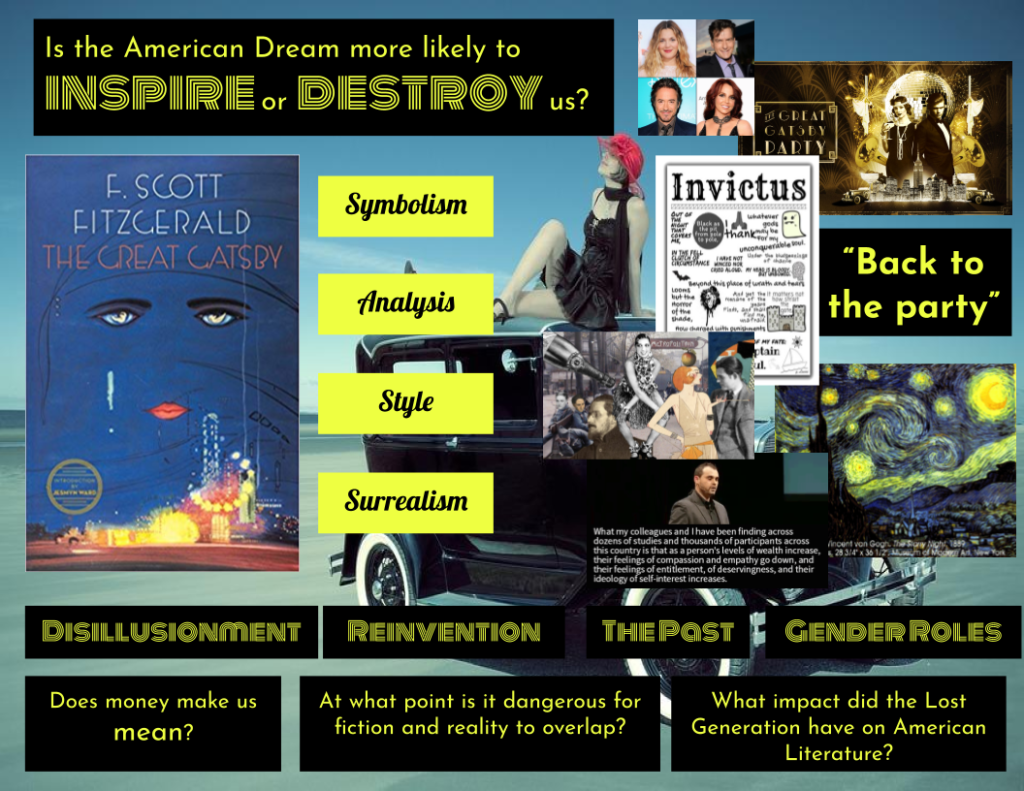
This vision board aims to capture all of the things I would want to address if there were no time or other restrictions on my curriculum:
- First and foremost, it features the unit essential question. EQs drive inquiry throughout the unit and are the true spine of what holds me anchored to my goals and students to their investigation of the question at hand.
- I wanted my unit to hit some of the obvious conversations around dreams and money with the Ted Talk Does Money Make You Mean?
- I was also hoping to take this unit as a brief moment in time to touch on surrealism (“Starry Night” came to mind as VanGogh’s work paved the way for the surrealists to come, not to mention the use of color and nighttime setting that has echoes of Gatsby).
- Certainly Gatsby’s glamorous life and the partying reputation of the decade was on my list, but so was the harsh reality of the consequences that come from forgetting about reality for too long. The poem Invictus was swirling around in my mind as I heard the final two lines echo: “I am the master of my fate, / I am the captain of my soul.” I thought about how Gatsby sees the world, consumed by his desire to control the future by repeating the past.
- And of course, the cool blue tones and bright golden yellow colors reflect so much of that contrast that I hope to look at during the unit: day and night, dark and light, dreams and reality.
- Finally, at the heart of all this, was reckoning with the voices of the decade that were marginalized and ignored. Between the Old Money of generational wealth and the New Money of Hollywood celebrity, the novel fails to acknowledge the great artistic accomplishments of the Harlem Renaissance, the systems of oppression that sustained the wealth of the main characters. That was something the unit needed at several critical moments.
Could I have accomplished this on our department issued spreadsheet?
Sure. But a spreadsheet with bullets and columns is a little less…alive.
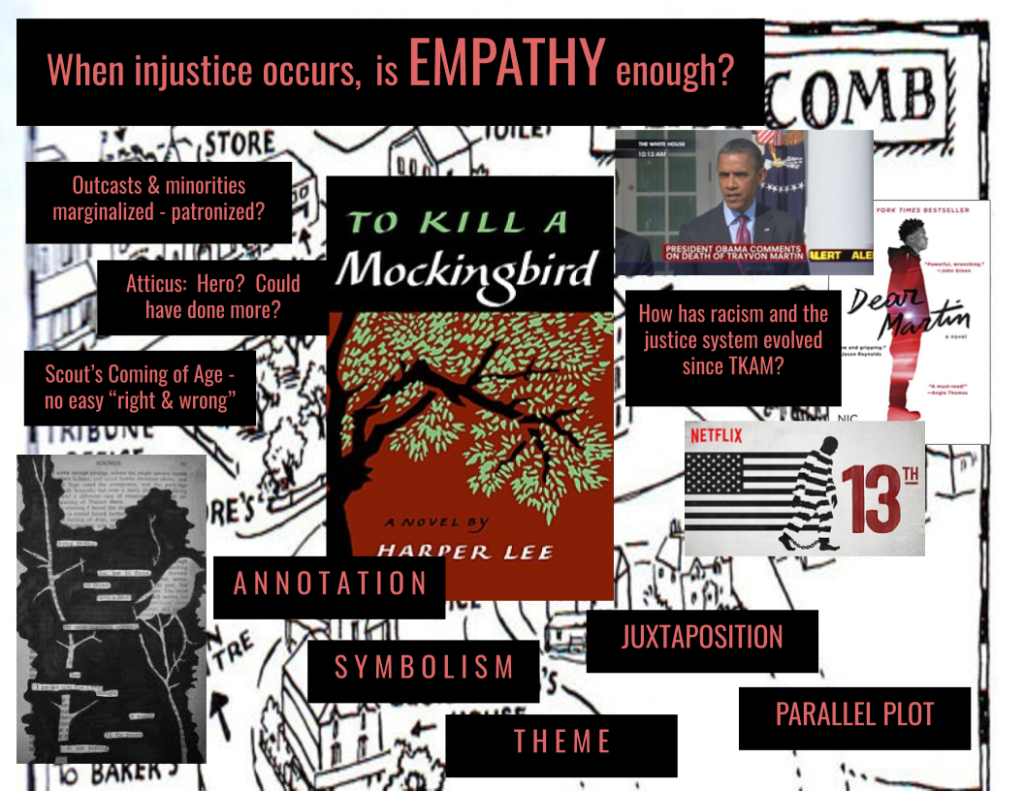
WHAT TO INCLUDE
A vision board is different from a curriculum map in that the elements included don’t need to be limited in any way. A unit vision board should be a big picture collage of all the things you hope to read, address, reference, and experience together. Here’s a checklist to get you started:
Experience
- Consider the “mood” part of this experience as you choose fonts, colors, and a background image – these should be intentional as you are thinking about the unit as an experience for students
Content
- Book covers
- Images/photographs
- Screenshots of ideas from Instagram
- Podcast episodes
- Song lyrics / titles
- YouTube videos (TedTalks, ambient sound/music, nonfiction connections etc.)
- Poems
Structural Components
- Unit Essential Question
- Prompts for summative assessment
- Themes to trace
- Anchor quotes
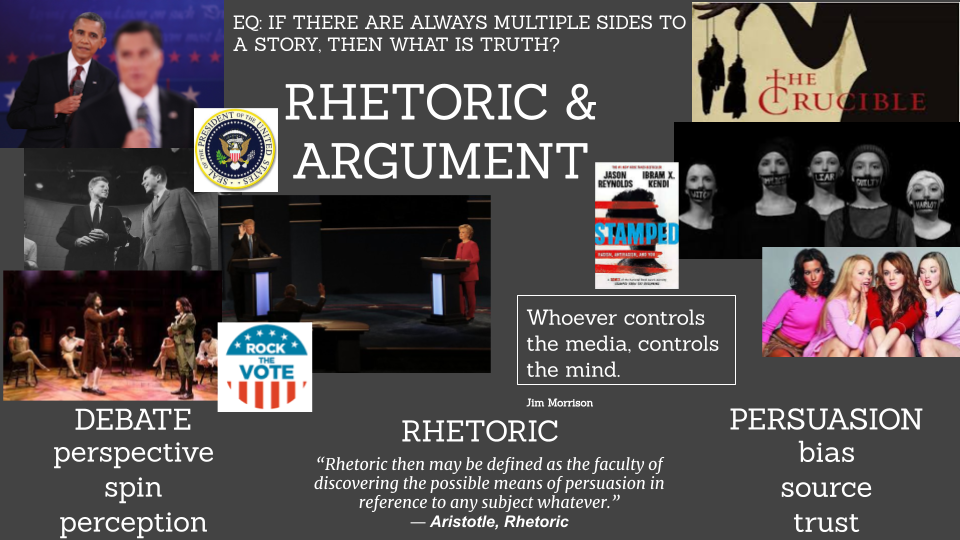
ASSEMBLING YOUR UNIT VISION BOARD
My go-to tool for creating a vision board is Google Slides. I set my page size to 11 X 8.5 (so I can print it out later!), add a background image, and just start layering! Use Insert >> word art for easily movable pieces, Insert >> image or video for layering images and YouTube videos into your collage.
Canva is also a wonderful tool to do almost the exact same things listed above. Whichever tool is more in your comfort zone is the best place to start.
HOW TO USE THE BOARD
Use your vision board as a rough draft, a starting place—something that makes building the required spreadsheet a bit easier and more meaningful. Use your vision board on display in your classroom to remind you about what you care about most deeply in this unit. You can also share your vision board with students and have them make predictions about the unit based on what they see.
No matter how you use it or where it ends up, I hope the process in creating a vision board inspires you to tackle your unit in a new way and with a renewed passion for why this unit exists in the curriculum in the first place.
NEXT STEPS:
- Join the Brave New Teaching Unit Makeover Challenge for a 10-day series of emails to help build a vision board and breathe new life into a unit that needs a serious refresh.
- Once your vision is set, start adding your units to this FREE Year-Long Curriculum Map Pacing document
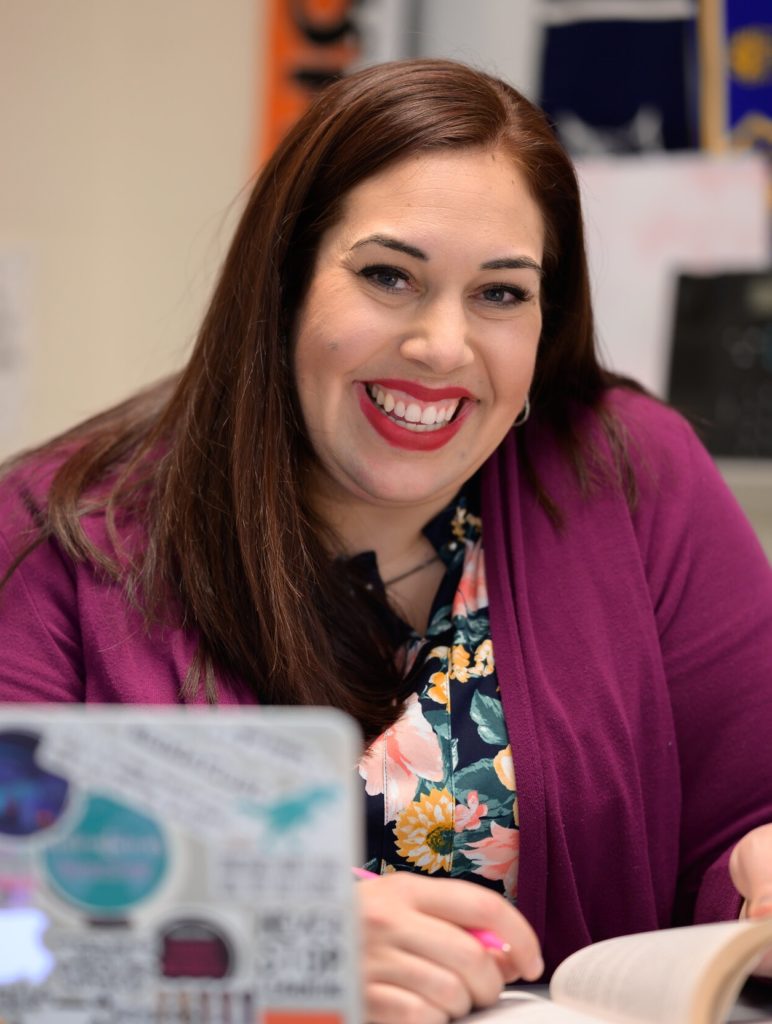
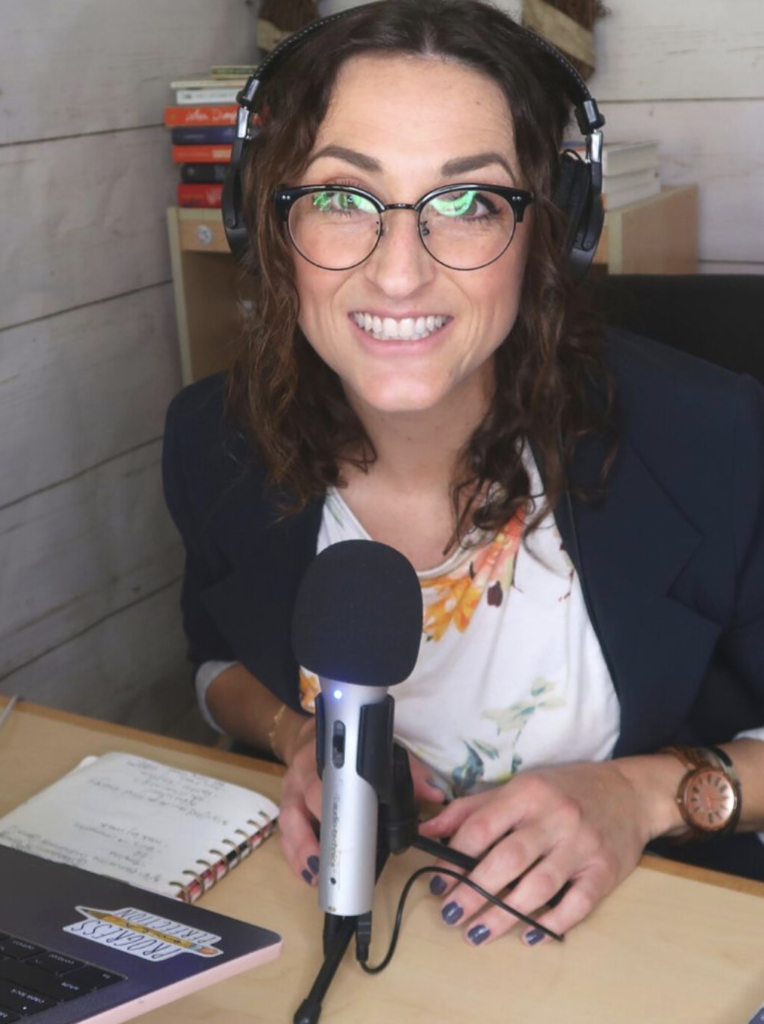
Join our mailing list and get weekly tips, tools, and inspiration that will make your teaching more effective and fun. You’ll get access to our members-only library of free downloads, including 20 Ways to Cut Your Grading Time in Half, the e-booklet that has helped thousands of teachers save time on grading. Over 50,000 teachers have already joined—come on in.

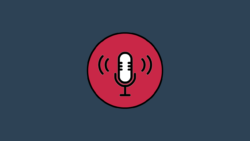
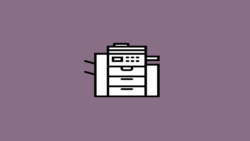


Hi! This was such a great podcast and an so inspiring. I can’t find the folder you mentioned that links to other vision boards. Can you let me know where that is? So excited to try this with my teams.
Hi, Laura! Sorry for the confusion! We have added a link to the folder in the captions of each example shown in the post. Thanks!
Is there a math example?
Hi Vanessa-
At the moment, I don’t have one for math. I’d love to see one if you took a stab at creating one!
-Amanda
I love the vision board idea! Do you have any examples from people who have done it for math units?
I am a math teacher and I would also love to see example for a math classroom.
The closest I’ve seen is this blogpost from Sara VanDerWerf’s site: https://www.google.com/amp/s/www.saravanderwerf.com/unit-pictures/amp/
This is a great example! I don’t have any of my own at the moment, but this one is a great starting place.
I am also interested in this!
Thank you so much for this idea. This is how my mind works. Before I would plan a unit using a piece of chart paper and post-it notes. It helped, but it still wasn’t as alive as the ideas swirling inside my head. Vision board planning makes me excited to think. It’s my conference period right now where I have a million tiny fires that beg to be extinguished. All I want to do is vision board my next unit (which already exists but could be SO MUCH MORE).
Jennifer! Thank you so much for your enthusiastic comment. I think we are wired in a similar way :).
Here is one I am working on using Padlet. It is for a High School Art 1 class.
https://padlet.com/lflaART/1hx44pg1ajlhflzg
This looks wonderful! Thank you so much for sharing with us!
Thank you for this idea, but I am confused a bit. I understand the concept of pictures, ideas of what the unit will look like, and creating a VB. But why was the TED Talk, Does Money Make You Mean, and Invictus mentioned? Was that to add links in the pictures on the vision board, to lead students to talks, articles, poems etc? Or is the VB just to inspire and provide this is what to look forward to?
Thanks!
Hi, Barbara! In the section “Why a Vision Board?” Amanda mentions that the unit vision board is intended to capture the different things she would want to address in the unit if there were no time or other restrictions on curriculum. Later on in the section “What to Include,” she describes unit vision boards as “a big picture collage of all the things you hope to read, address, reference, and experience together.” This includes specific content for the unit, such as TED Talks and poems. I hope this helps!
I just listened to this episode on my way to and from the gym and was so inspired and energized that I created a vision board for my upcoming unit on A Raisin in the Sun and cannot wait to do create one for The Crucible – one of my all-time favorite texts!! Here is the link to my vision board: https://drive.google.com/file/d/1mBKgMlkcuBMlZV_OhMgTU4d0X0NUzSmZ/view?usp=sharing
Jeannie – this is great! Thanks so much for sharing!
Thank you all for these resources! I pretty much plan my own curriculum, so these ideas are so valuable especially being a new teacher!
We’re so glad you find them useful, Katherine!